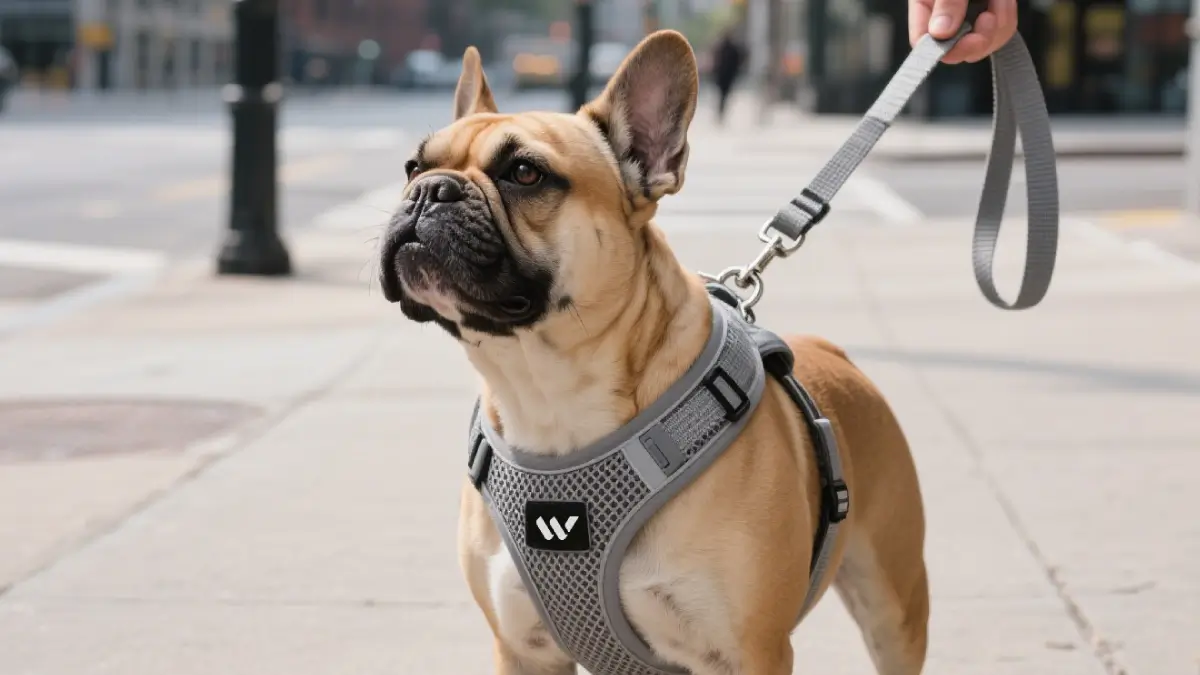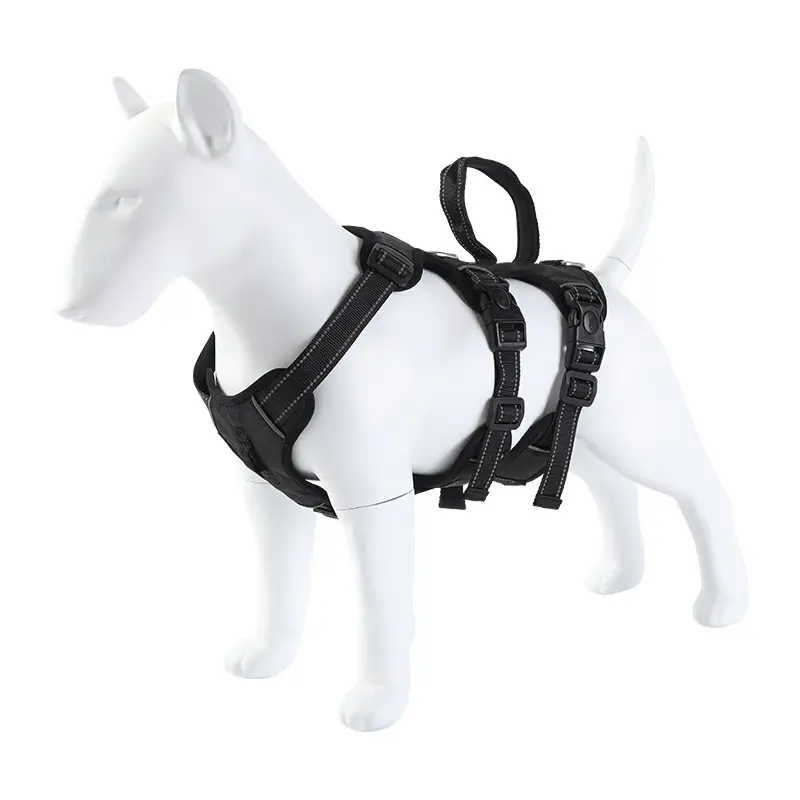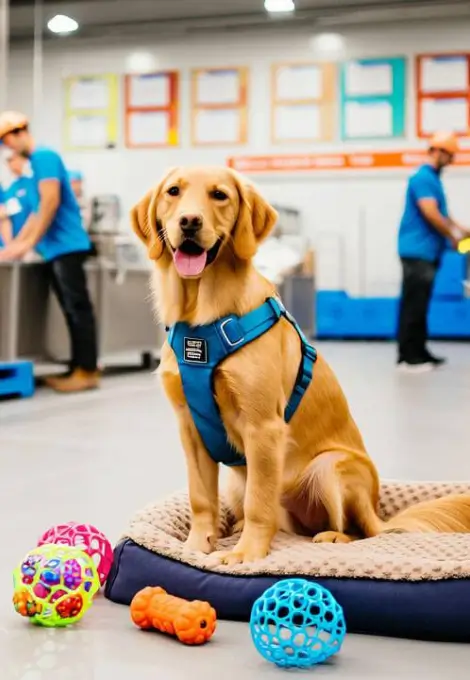2025 Leash Revolution: How No-Pull Harnesses Are Transforming Dog Training
Urbanization has intensified dog-walking challenges globally. Recent APPA data indicates 68% of pet owners cite leash pulling as their primary frustration, driving demand for evidence-based solutions. This article examines the technological and behavioral shifts making no-pull harnesses essential tools for contemporary dog training.

Key Market Drivers Reshaping Pet Gear
Humanization of Pets
The “fur-parent” phenomenon has fundamentally altered expectations. Modern owners increasingly reject punitive tools like choke chains, seeking force-free alternatives grounded in animal behavior science. Veterinary studies confirm this shift reduces stress-related behavioral issues by up to 42%.
Urbanization Pressures
Metropolitan areas report 40% year-over-year increases in dog-related incidents. Higher population density creates unique challenges: crowded sidewalks amplify leash reactivity, while noise sensitivity affects 1 in 3 urban dogs according to London Animal Behavior Centre.
Material Science Innovations
Breakthroughs in canine ergonomics have enabled smarter designs. Aerospace-grade alloys distribute force across the sternum rather than the trachea, while pressure-sensitive textiles provide biofeedback during training sessions.
Biomechanics of Effective Harness Design
| Physiological Concern | Engineering Solution | Training Impact |
|---|---|---|
| Tracheal damage prevention | Y-shaped load distribution | Eliminates choking risk during correction |
| Directional confusion | Dual-anchor points | Creates clear turning signals |
| Overstimulation management | Pressure-sensitive haptic feedback | Teaches self-regulation |
Training Methodology Integration
Positive Reinforcement Alignment
Leading trainers emphasize that equipment alone cannot solve behavioral issues. The most effective harnesses incorporate LIMA (Least Intrusive, Minimally Aversive) principles, working alongside reward-based training protocols.
Real-World Application: The Parker Method
Certified behaviorist Dr. Sarah Parker’s research demonstrates how properly fitted no-pull harnesses accelerate loose-leash training. “The ideal harness functions like training wheels,” she explains. “It prevents dangerous habits while dogs learn spatial awareness.”
Technology’s Role in Modern Solutions
Digital Measurement Tools
Bluetooth-enabled harnesses now quantify progress objectively. Mobile apps track metrics like directional change response time and pressure thresholds, helping owners identify improvement patterns invisible to the naked eye.
Customization Advancements
3D scanning technology allows precision fitting for diverse breeds. The German Animal Health Institute recently validated that custom-fitted harnesses reduce training time by 30% compared to standard sizing.
Implementation Considerations
Professional Guidance Importance
The International Association of Animal Behavior Consultants recommends professional fittings. “Improperly adjusted harnesses can cause gait abnormalities,” notes certified trainer Miguel Rodriguez. “Assessment should include shoulder mobility and withers clearance.”
Transition Protocols
Experts advocate gradual introduction over 3-5 days. Initial sessions should involve low-distraction environments with high-value rewards for voluntary engagement with the equipment.
Future Development Trajectory
University of Edinburgh’s veterinary research department is pioneering “smart fabric” technology that adapts tension in real-time based on canine heart rate variability. Such innovations may revolutionize reactive dog rehabilitation within the decade.
Ethical Considerations
While technology advances, leading behaviorists caution against over-reliance on equipment. “Harnesses manage symptoms; relationship-building addresses causes,” emphasizes Dr. Evelyn Tan of the Animal Behavior Society. Monthly training journals show combined approaches yield 83% long-term success rates.
Practical Implementation Guide
- Consult certified trainers for equipment assessment
- Prioritize force distribution over correction strength
- Combine harness use with positive reinforcement training
- Regularly reassess fit during growth phases
- Track progress with objective metrics

FAQ: Evidence-Based Answers
Can harnesses actually teach loose-leash walking?
When integrated with proper training, yes. UC Davis veterinary behaviorists found harnesses reduce pulling force by 72% while teaching dogs to self-monitor leash tension.
Are there breed-specific design considerations?
Sighthounds require deeper chest plates, while brachycephalic breeds need wider girth straps. Reputable manufacturers now offer breed-specific engineering patterns.
How often should harness fit be reassessed?
Growing puppies need biweekly checks. Adult dogs should be reassessed seasonally, as coat changes can alter fit requirements by up to 15%.
WingtuPet has been dedicated to pet safety equipment for over 10 years. Our unique design creates a safer and more adventurous outdoor experience for you and your furry companion.
Related Posts
Top Chinese Factories Your Partner for Quality OEM/ODM
Tips:







